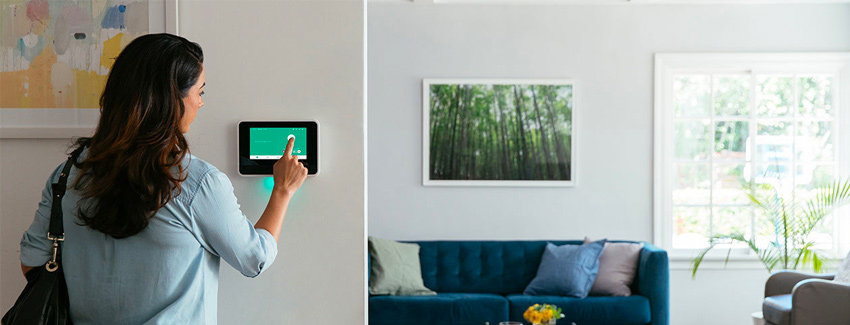
The rise of the Internet of Things and broadband cellular and fibre services to the home has made it possible to extend services previously only available to commercial sites to home users. Connectivity has improved and advances in technology have made goods and services affordable. However, IoT devices and home networks in general do not have the same levels of online security and could be an attractive target to bad actors.
So, home networks and home security installations need to be reviewed with a view to maximising Online Security.
Why Home Security?
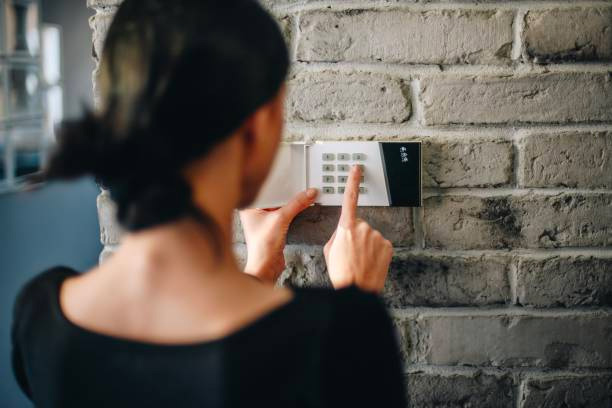
Worldwide, homes are under threat. Break-ins and home invasions are becoming more common. In the US, which is not the worst case, over 2 Million burglaries are reported each year, on average a burglary taking place every 13 seconds. In some countries, the threats are more violent and life-threatening than simple theft.
Many homeowners consider a home security system essential to protect their family and possessions. A common belief is that even a minimal home security system will deter criminals and make them move on to somewhere else that is easier to break into.
What is Home Security?
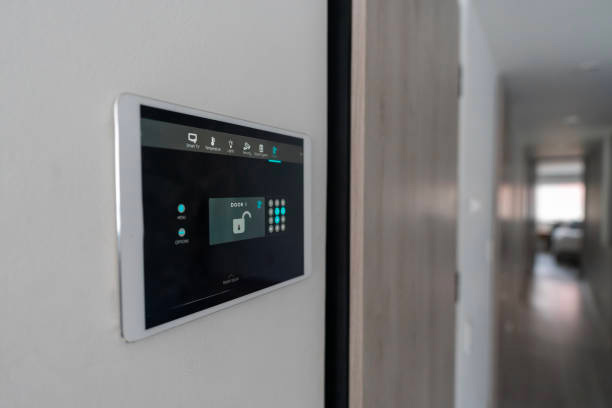
The type and extent of a home security system depends on the property being secured and the perceived level of threat. Many systems also offer remote management and surveillance. Nowadays, most are digital, operating on a standard network that also supports a home office and other services like streaming video. And that is where Online Security becomes an issue.
A typical home security installation has alarms, door and window sensors, internal and external motion sensors, cameras and a central control panel. In some locations, the security system will be installed and managed by an external security service provider, who will respond to an alarm.
Physical Risks of Home Security
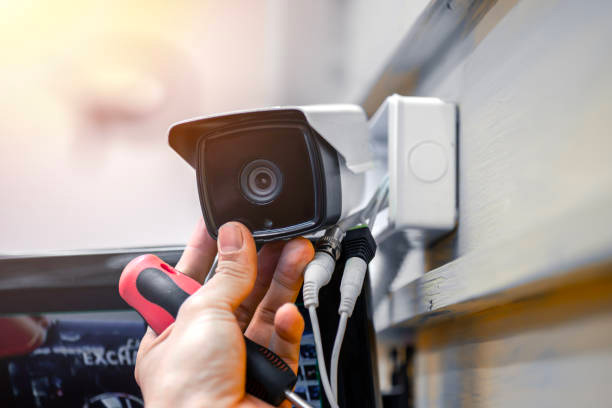
Home Security is more than just installing a digital system. Unfortunately, many security systems are installed following an exploit, either yourself or locally. True security means an appreciation of some lifestyle changes and simple, common-sense precautions:
- Don’t be ostentatious. Flaunting wealth can make you a more attractive target. Keep that luxury car out of sight in the garage.
- Don’t advertise that you are going away for a while, leaving the property empty. The only people who should know are your security service provider.
- Be careful with disposing of your garbage. Don’t leave the box you brought your new very expensive high-res large screen TV or paperwork that advertises your bank accounts and other financial information lying on the verge for the dustmen to collect.
- Be vigilant. Keep an eye open for suspicious activity in your neighbourhood for example.
In short, adapt your lifestyle to minimise threats, or at the very least deflect them onto other easier targets. Have a periodic audit of your security measures and make sure you are adequately covered by insurance.
Electronic Risks

Most Home Security systems are based on industry-standard digital components. However, having said that, many IoT devices do not have industry-standard anti-malware and hacking protection. Further to that, many self-installed systems are not set up properly and are vulnerable to attack.
One issue can be that of “flavour of the month” equipment and installation offers from service providers. Beware of these and if interested, make sure that they meet your needs.
Specific areas of concern include:
-
Unrestricted WiFi access.
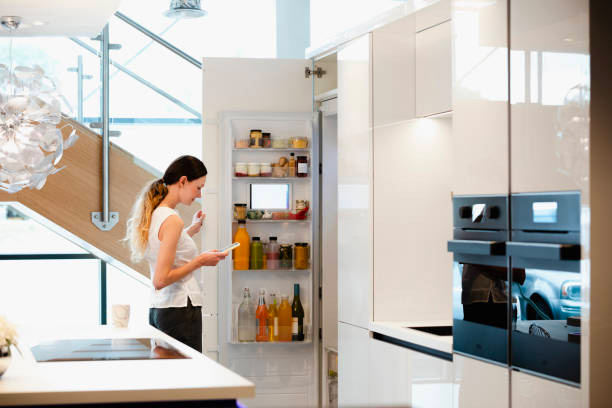
Most home networks use WiFi as a means of distributing access around the property. One essential, and it is not always implemented, is to hide the WiFi identifier (SID), so that casual passers-by do not see that there is a WiFi network active on the property. WiFi networks must also be secured by a strong password.
There are many apps available on the dark net that will hack into a WiFi network and decode access passwords, allowing unauthorised access. If hackers can gain access to your home network, they can cause havoc, for example, steal information, or switch off alarm systems to make breaking in easier.
Ransomware is also becoming more common in the home environment. Irreplaceable family pictures and videos make an attractive target.
-
Badly configured broadband routers.
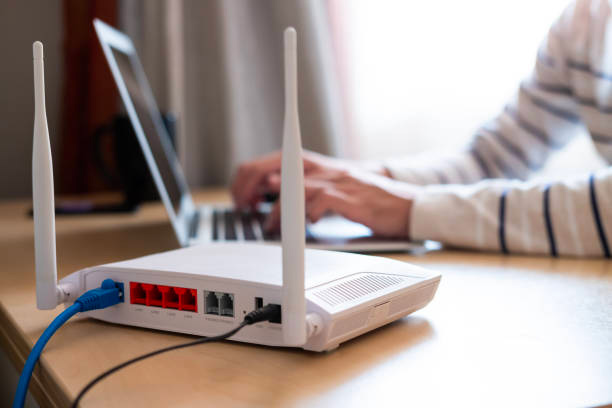
Home networks that connect to the internet use a router to link the home network to the fibre or cellular link to the ISP. If that can be compromised, then the entire home network is open to hacking. Normally the broadband supplier will install and configure the router, but a poor or hurried installation might leave your network open to attack.
-
IoT devices such as WiFi cameras with no protection.
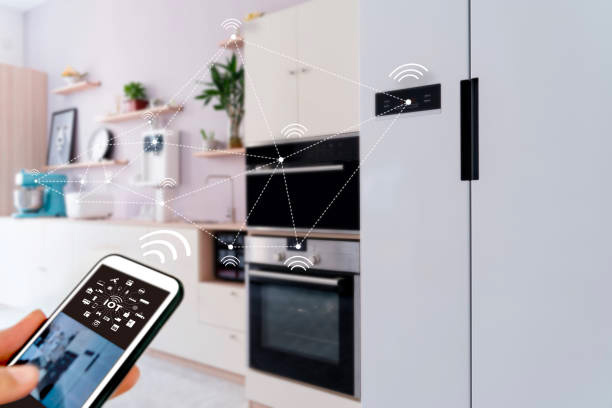
In general, IoT devices have poor or no protection against malware and hacking, and certainly not to the levels seen in commercial environments. They can be an easy entry point to networks. It is essential that they are placed in separate network segments, and don’t allow migration to the core network.
Some pointers for home security systems:- Work out what you need. This is not a trivial exercise. In some places, your life could depend on what you install.
- Don’t do it yourself. Have networking and security specialists with a proven track record advise and assist you.
- Keep up to date. Make sure all devices that attach to the home network have malware protection that is up to date and switched on. Make sure that all security devices are included in a regular update programme.
- Take advice from your insurer. They usually offer free advice and discounts for home security systems.
Home security is essential to have nowadays. Make sure that yours is properly installed, managed and operating to protect you, your family and your possessions.
